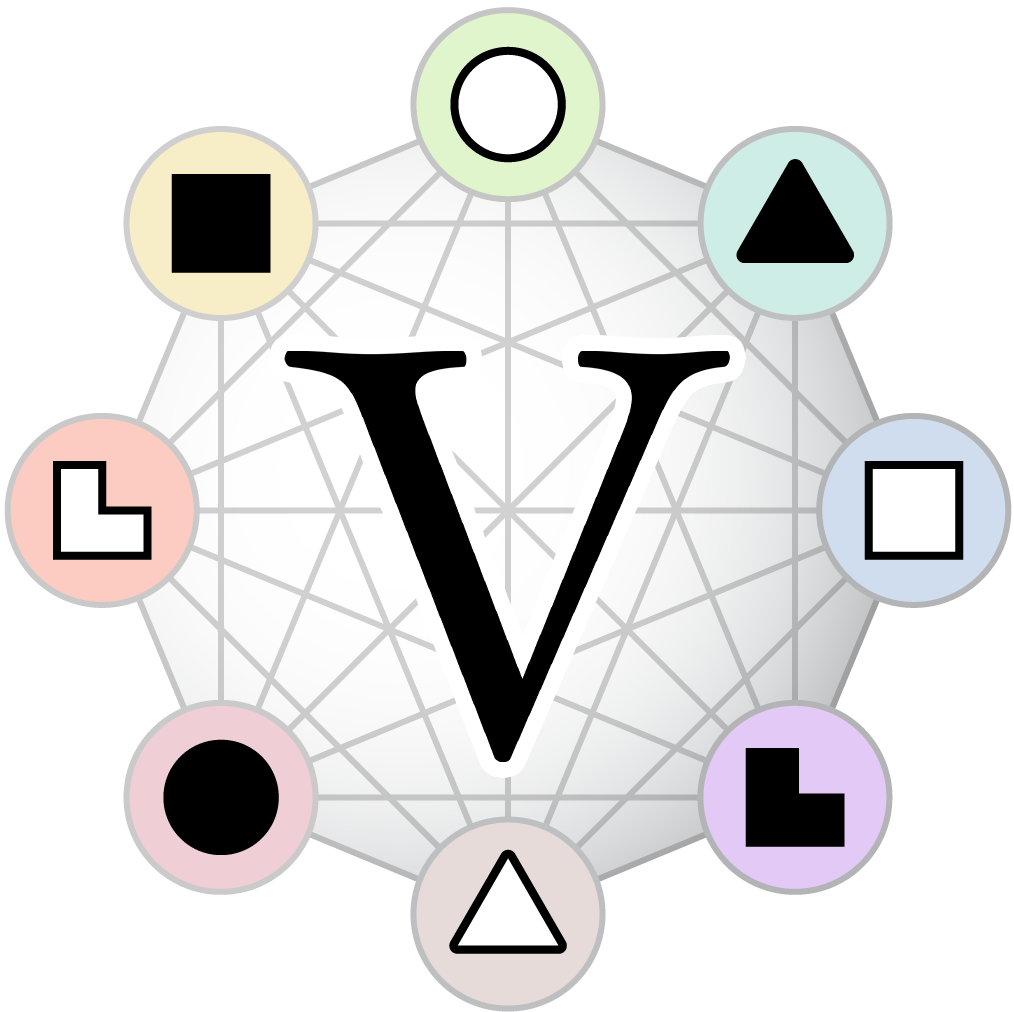Talk:Myers-Briggs Typology
I find this part particularly interesting: "For example, socionists from the International Institute of Socionics (Kiev, Ukraine) have confirmed in personal correspondence that if an individual appears to display typical traits of a certain socionic type, but his relationships and interactions with others fit in the framework of another type, they will give preference to the type that accurately explains their interactions. In the Myers-Briggs system, these things would not be considered. This means that socionics' understanding of psychic functions tends to be adapted to interpersonal interaction, whereas functions in Myers-Briggs Typology are adapted to observable and generally more obvious behavior. This can consistently produce different typings in borderline cases. "
I find it interesting for this reason: Almost all the Socionics discussions I have seen (say in the16types forum and other websites) focus primarily on traits people display. Although interactions are sometimes discussed at a superficial level ("You say you're X type; but how do you get along with Y types?"), I really haven't encountered much focus on interactions as compared to discussion of traits. Furthermore, it has been hard to find much translated material on the interactions between any two types, beyond stock descriptions of the basic intertype relationships.
Why is this aspect so often missing in discussions? Is it just in the West that this aspect isn't discussed very deeply?
- I agree. This is perhaps the most interesting aspect of socionics. The thing is, traits can be observed by all, whereas interaction must be closely observed to be felt, and it is much harder to describe to others. There are a number of books on socionics (in Russian, of course) with examples of real-life interaction and more in-depth descriptions.
- The reason existing descriptions are somewhat vague is that they are a generalization of 16 possible variants. Each intertype relation description is like a description of one of the functions (i.e. "leading function," "creative function," etc.), for which there are 8 varieties apiece. The analogue of type descriptions would be descriptions of specific type relations (e.g. SEE and LSE), of which there are 256. Pavel Tsypin (Moscow) recently published a book detailing all 256 interaction patterns, but when I leafed through it it seemed much too abstract.(Admin 02:30, 7 June 2007 (CDT))
